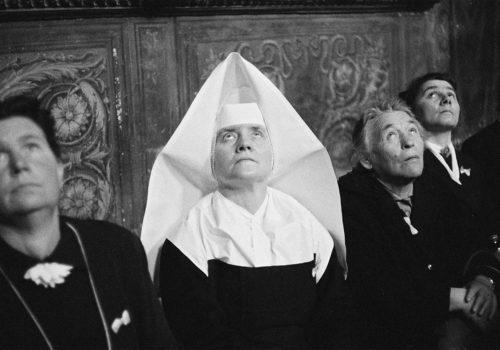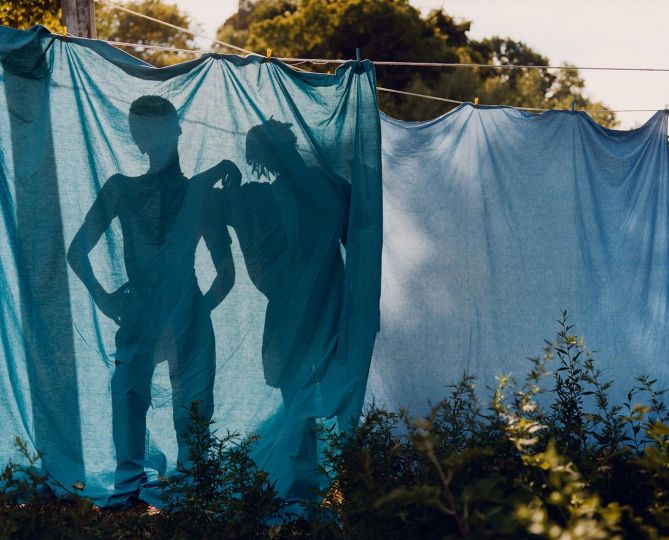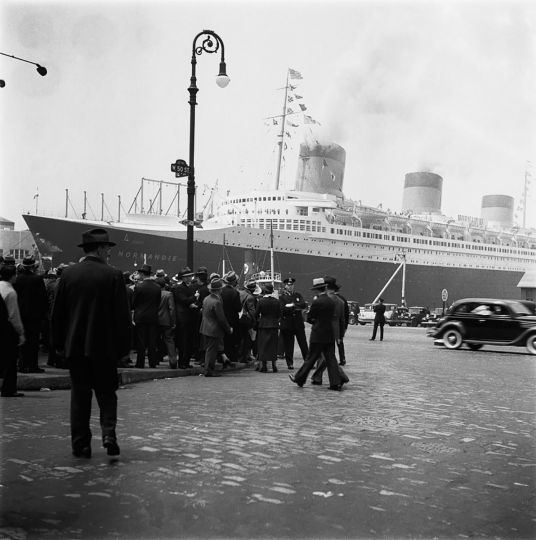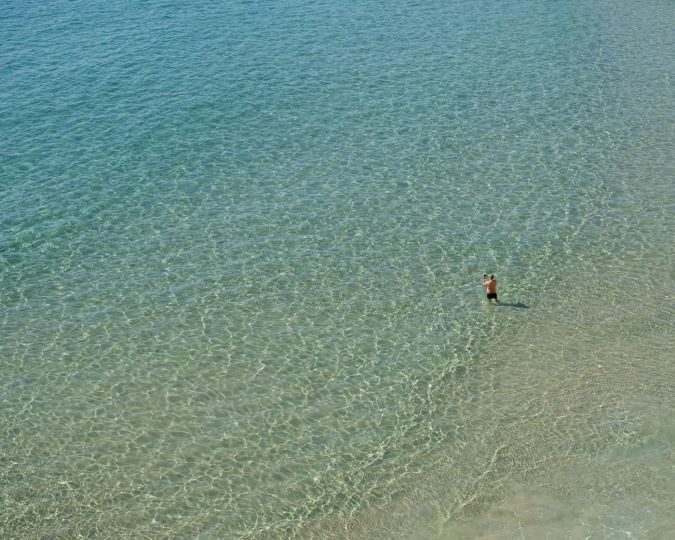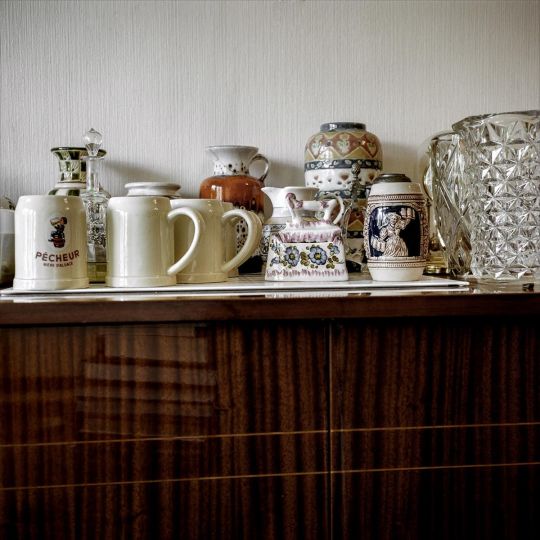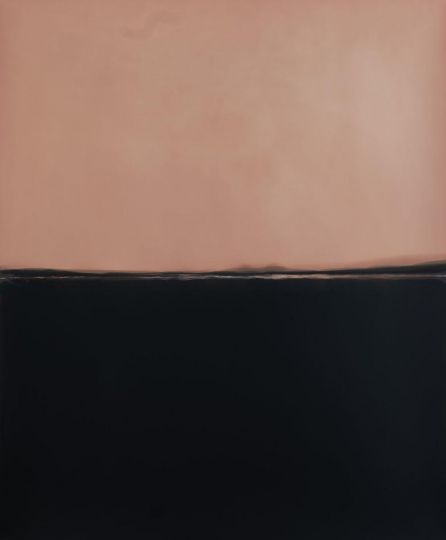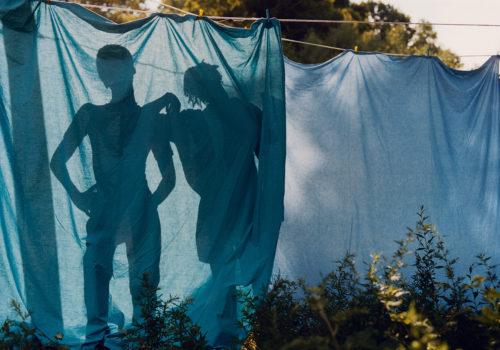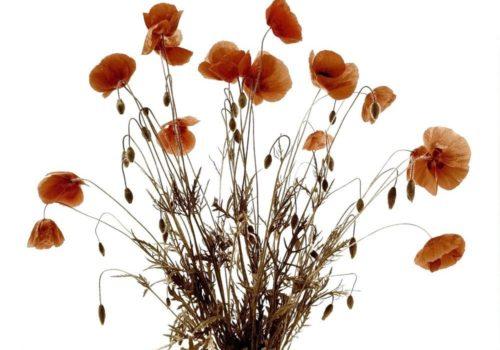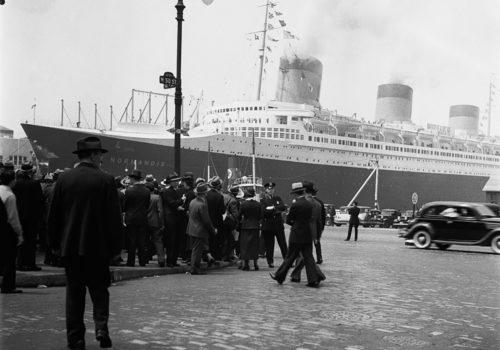Six decades of traveling the continents, covering crises, portraying cities… From his native Germany to his adoptive America, Magnum’s photoreporter has witnessed the societal changes of the last century that have turned our contemporary world upside down.
With the one and only instruction to “take a look”, Thomas Hoepker was commissioned in 1963 to produce a series of reports across the Atlantic for the magazine Kristall. The young photographer, accompanied by the German journalist Rolf Winter, traveled for three months, from New York to San Francisco, the country revealed itself under his lens as the road trip progressed. It took several weeks and a few thousand shots, contrasting with the idea of prosperity conveyed by American culture and which captivated so much in a Germany weakened by the war. The duo bore witness to another face of the United States in the sixties, the other side of the coin waltzing between dream and disappointment, wealth and poverty, piety and morality.
Far from the American Dream, Hoepker’s images highlighted significant disparities between social castes and between territories. This Korean War veteran, with both legs amputated, begging in the streets of Quincy in Illinois, or this man slumped at the foot of a garbage can on a sidewalk in New York in manifest indifference… The clichés of distress and injustice sit side by side with those of a religious and bourgeois class for whom reality hovers above that of the masses. A contrast that Hoepker’s photographs underline with a fine irony embodied by this sad clown who stood out among the uniformed customers in a fast food restaurant in Reno, Nevada, with, above his head, the simple words to the tunes of sentence: “Turkey Dinner”. Equally distant from urban appeal, Hoepker captured a hinterland where time seemed, on the contrary, to have stood still: the hermit in his cabin in the depths of Montana or the Fleetwood car in the almost desert countryside around the city of Waelder in Texas, that thwarted an American image on glossy paper.
If Hoepker’s photographs sound like a disillusion, this stay inaugurated his “je-ne-sais-quoi” for this equivocal country whose cultural and political life l became his future favorite subjects. He returned there with Winter in 1970, this time for the magazine Stern, and in 1976, Hoepker became a correspondent in New York where he still lives today, at the age of 86. Driven by this desire to understand the American people who fascinate him, he started a new tour of the country in 2020 from which are born color images presented in response to his black and white archives in his latest book with a social documentary content: The Way It Was – Road Trips USA.
“Travelling is seeing and discovering images”
Famine and leprosy in Ethiopia, repression in Santo Domingo, the smallpox epidemic in India… At the same time, Hoepker traveled the planet to talk about the striking crises with rigorous images, away from any sensationalism. Thoughtful compositions that appear as the testimony of the passage from one world to another, some of which, several decades later, still mark the consciences. Many of Hoepker’s images have become mythical, such as the Love-birds in Rome produced in 1956, resulting from his first monochrome works. Hoepker makes a point of photographing his subjects without compromising who they are: to get to know them. You have to understand a lot of things, and that’s when you see differently.”
In 1974, the photoreporter accompanied his wife, the journalist Eva Windmöller – also working for Stern, and then became one of the rare photographers in the West to obtain accreditation to go “to the other side”. Together, they documented daily life from their East Berlin neighborhood, located in the diplomatic square. Hoepker captured in color this “grey” Germany where only communist red came through: a crowd of soldiers in forest green uniforms contrasting with the red flags during a military rally in Treptower, the scarlet Skoda matching the socks under the leather sandals of this vacationer in Rügen, all resonating with the red facade, again, of the Plattenbauten building in Halle-Neustadt… Hoepker creates images whose suggestive value takes on symbolic power. A way of telling the great historical cases of another spectrum, with an ability to grasp their intimacy: these young people who take a break together during a military air show in Magdeburg fix History forever.
Noémie de Bellaigue
“Thomas Hoepker: Intimate History”, until May 7, 2023.
f³ – freiraum für fotografie
Waldemarstraße 17,
10179 Berlin
https://fhochdrei.org/

